We explain what steel is, how it is manufactured and the variations of this metal alloy. In addition, its characteristics, various uses and more.
What is steel?
A set of alloys of iron (Fe) with other elements , mainly carbon (C), but also zinc (Zn), silicon (Si) or aluminum (Al) is known as steel . These alloys alter the properties of the pure metal , iron in this case, and a more resistant or less oxidizable material is obtained.
Steel is a very important material in human industries . It is widely used as a building material and as a raw material for various tools and mechanical parts.
It is an exemplary case of metallic alloy . Alloys consist of the combination of chemical elements in which one of them is necessarily a metal. Thus, their properties are combined and a new material is obtained that has specific properties for different applications.
Steel history
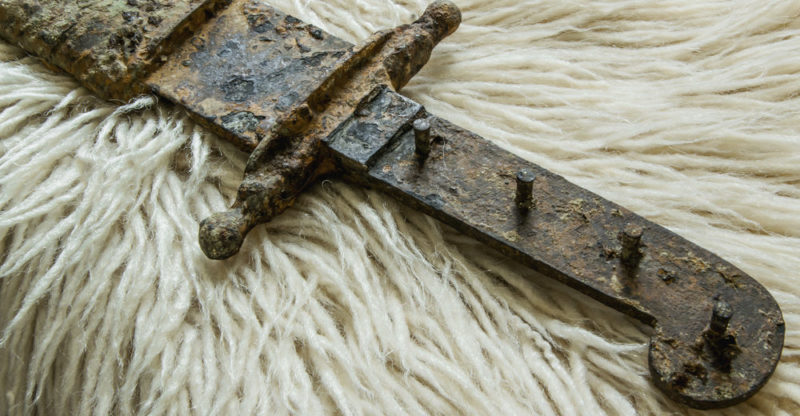
The name of the steel comes from the Latin aciarius , which refers to the material from which edged weapons were made in ancient times.
It is difficult to know exactly when humanity discovered the possibility of melting iron to build tools. Evidence from the record of iron use has been found in ancient Egypt (3,000 BC). It is believed that soon after the possibility of mixing it with other metals to obtain new materials was discovered.
However, the earliest evidences of wootz steel (primitive steel of great hardness and high carbon content) date from 300 a. C. and were found in India and Sri Lanka. There were also mixtures of cast iron with wrought iron from the Han Dynasty of China (100 BC).
With the arrival of modernity and industrialization , obtaining steel occupied the interest of many scientists and industrialists , thanks to the use of electricity for heating furnaces. In 1948 the LD basic oxygen process was invented in postwar Austria; and in 1950 the casting technique continued.
How is steel made?
The technique of obtaining steel today includes various metals, non-metals and metalloids that form ferro-alloys , which provide hardness and resistance. Furthermore, the process involves so-called secondary metallurgy. This second stage gives it the chemical properties and the desired level of inclusions and impurities.
The usual procedure involves adding to the iron an amount of carbon not exceeding 2% , depending on the degree of hardness that you want to incorporate into the steel. This is done in a process that involves several stages:
In the blast furnace, a mixture of mineral iron (impure iron) and coke is added, which is a fuel similar to coal and which serves to separate impurities from the material. Then there is fairly pure iron left with small amounts of carbon. Afterwards, carbon is added in the necessary quantity according to the type of steel to be manufactured , this is done while the steel is in a liquid state. Finally it is molded and allowed to cool.
Another way to make steel is by recycling scrap made from steel. For this, the scrap is melted in an electric blast furnace.
Steel alloys
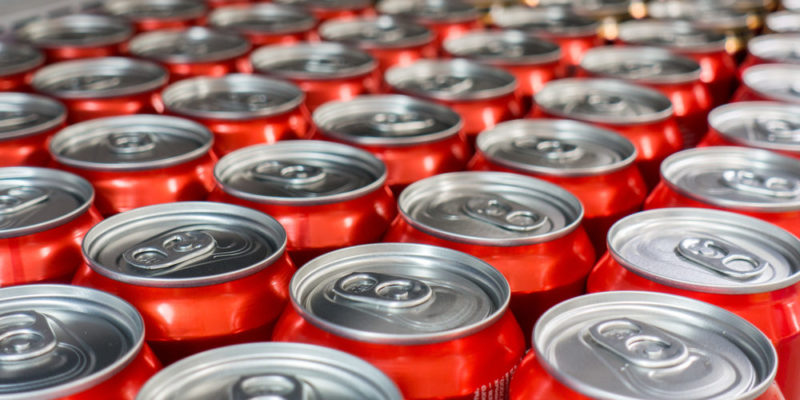
Steel is essentially iron mixed with carbon. But there are also alloys of steel, which means that other chemical elements are added that modify some of its properties , such as hardness and resistance to corrosion. Some of these elements and the properties that modify steel are:
- Carbon . Reduces the ductility and weldability of iron while adding toughness to the mix.
- Aluminum (Al) . It prevents the grain of the steel from growing too much and thus fine-grained steel is produced.
- Sulfur (S) . It is usually considered an impurity of iron, but is sometimes added to increase the machinability of the steel.
- Chromium (Cr) . Increases depth of hardening and improves corrosion resistance.
- Copper (Cu) . Increases the hardness of steel.
- Manganese (Mn) . This element has a higher affinity for iron than sulfur, which is usually an impurity. It is used to bind to sulfur and facilitate the rolling and molding of steel.
- Silicon (Si) . Antioxidant and hardener.
- Nickel (Ni) . Improves the result of heat treatment, and together with chromium, prevents corrosion.
- Molybdenum (Mo) . Increases deep hardening and corrosion resistance.
Steel classification
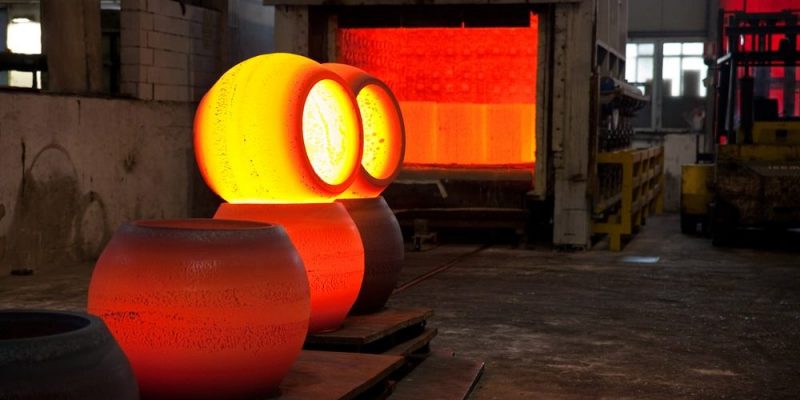
Steel can be classified in several ways:
According to the method used to shape it :
- Molded steel. It is allowed to cool in a mold.
- Forged steel. It is heated, shaped and cooled in a forge.
- Rolled steel. It is made of more or less thick and flat sheets.
- Refractory steel
- Construction steel
- Steel to make magnets
- Non-deformable steel
- Toolmaking Steel
- Stainless steel
According to its composition :
- Ordinary steels. They are those that are composed of iron and carbon exclusively.
- Special steels. They are those that in addition to iron and carbon, contain other chemical elements.
Steel properties
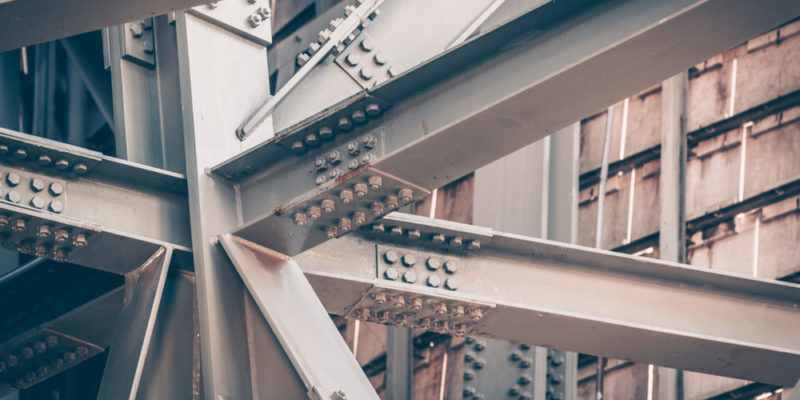
The properties of steel vary according to its composition , that is, to the chemical elements that are alloyed in its interior. They also vary depending on the chemical or physical method that was used to produce it. That is why it is difficult to determine its universal properties, although roughly some are:
- It has a density of 7850 kg / m 3 .
- It expands if it is heated and contracts if it is cooled.
- It has a melting point (temperature at which a solid turns into a liquid ) of approximately 3000 ° C.
- It has great toughness (energy absorbed by the material before breaking) and it is quite ductile (property that allows it to be deformed without breaking until it is possible to obtain wires).
- It is very malleable (property that allows a material to be laminated). Steel sheets are often called 'tin'.
- It is usually a material susceptible to corrosion, a problem that is corrected by adding other chemical elements such as nickel and chromium.
- It can be welded very easily.
- It is a good conductor of electricity.
- Most steels have magnetic properties, that is, they are attracted to magnets.
- Its hardness depends on the amount of carbon contained in the mixture of iron and carbon. The higher percentage of carbon added to the iron, the harder the resulting steel will be.
Uses of steel

Steel is found in our lives almost everywhere, in different forms and presentations, such as:
- Machinery parts . For automobiles, agricultural machinery, military weaponry or technology
- Whole vehicles . Such as the body and skeleton of ships, armored vehicles, and railways and tracks.
- Tools and applications . All kinds of objects such as welds, screws, nuts, rivets, stamped plates, valve springs, hammers, wrenches, screwdrivers, etc.
- Kitchen tools . Such as pans, pots, cutlery, etc.
- Construction parts . Like beams for packing concrete.
Steel treatment
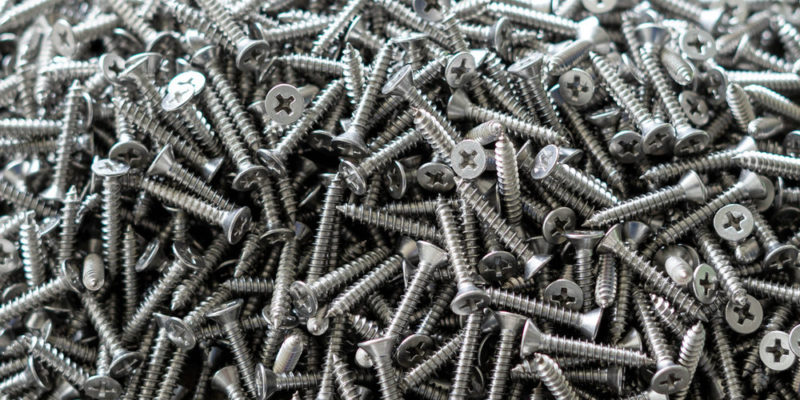
The manufacture of steel involves the "treatment" of iron, to improve some of its properties or modify them depending on the destination of the piece. Is about:
- Superficial treatments . Linked with the embellishment of the resulting steel or with the protection of its outer layers. It usually involves adding outer layers of other metals, as follows:
- Zinc plated . The surface is subjected to electrolytic or mechanical processes that give it antioxidant properties.
- Chrome plated . Chromium is added to beautify the metal and protect it against rust and corrosion.
- Galvanized . It is given to the steel sheet by electrochemical processes that melt one metal coating another. In this case, zinc is used to coat the sheet.
- Nickel plated . It is nickel plated to protect the steel from rust.
- Blued . It is ideal for small parts, such as screws, as it makes them more resistant. It consists of the superficial production of a layer of ferrous-dipherric oxide (Fe 3 O 4 ).
- Heat treatments . Unlike surface procedures, these procedures change the microstructure of the alloy, and significantly change its properties. They may be:
- Tempering . It consists of heating the piece to a certain point and then rapidly cooling it, which allows the alteration of its deep properties. This is what was done with swords in medieval times: they were submerged in water after having forged them red-hot.
- Tempered . It is a technique used to reduce the brittleness of steels after tempering, which is why it is often their complementary treatment. It consists of applying to the alloy a temperature lower than its critical point (temperature at which the density of a liquid is equal to that of its vapor), where it is left for a long time to improve its strength and toughness.
- Annealed . It is a technique used to soften the alloy, recover its structure or eliminate internal stresses. This consists of heating the metal to a certain temperature and then allowing it to cool slowly, allowing the temperature to gradually drop until it reaches room temperature.
- Normalized . It is the ideal treatment to give the steel the necessary structure to forge, roll or prepare it for tempering. The part between 30 and 50 ° C is heated above the critical temperature and is kept for the time necessary to transform into austenite (specific form of ordering of atoms of iron and carbon), and then allowed to cool evenly.
Steel recycling
Steel can be recycled, like other metals, at the end of its useful life . For this purpose are the desguazaderos of automobiles and other vehicles, which obtain reusable scrap which is pressed and returned to the mill for melting and reuse. Scrap of this type supplies 40% of the world's steel needs.
Importance of steel

Steel is an extremely important material in the contemporary industrial world, as it is used in the manufacture of objects in almost all areas of industry. In addition, he played a vital role in construction and various engineering works such as the Statue of Liberty in the United States.
Difference between iron and steel
Iron is a chemical element that is rarely in its pure state (it is usually forming compounds). Under mineral conditions, it is usually found in hematite, magnetite, limonite, pyrite, and so on.
Instead, steel is not a chemical element but a mixture of iron and other chemical elements, that is, a metallic alloy. This mixture behaves as if it were a single material, because there are no chemical reactions of any kind between its components.
In addition, steel is hard, quite ductile, very malleable and resistant, while iron is also malleable, but less hard . This is the main reason why steel exists: to compensate for the weaknesses of its mother metal through the incorporation of carbon, which offers a lot of hardness to the resulting material.
The above content published at Collaborative Research Group is for informational and educational purposes only and has been developed by referring reliable sources and recommendations from experts. We do not have any contact with official entities nor do we intend to replace the information that they emit.
Luke is passionate about fostering student involvement and connection. He studied psychology for his major and likes learning about the past. Luke aims to specialize in artificial intelligence and cybersecurity. .
Leave a reply
Your email address will not be published. Required fields are marked *Recent post

Sport: What Is It, Types, Risks, Features, Characteristics and Examples

Dogs: Emergence, Features, Characteristics, Feeding and Breeds

Story: Definition, Elements, Structure, Features and Characteristics

